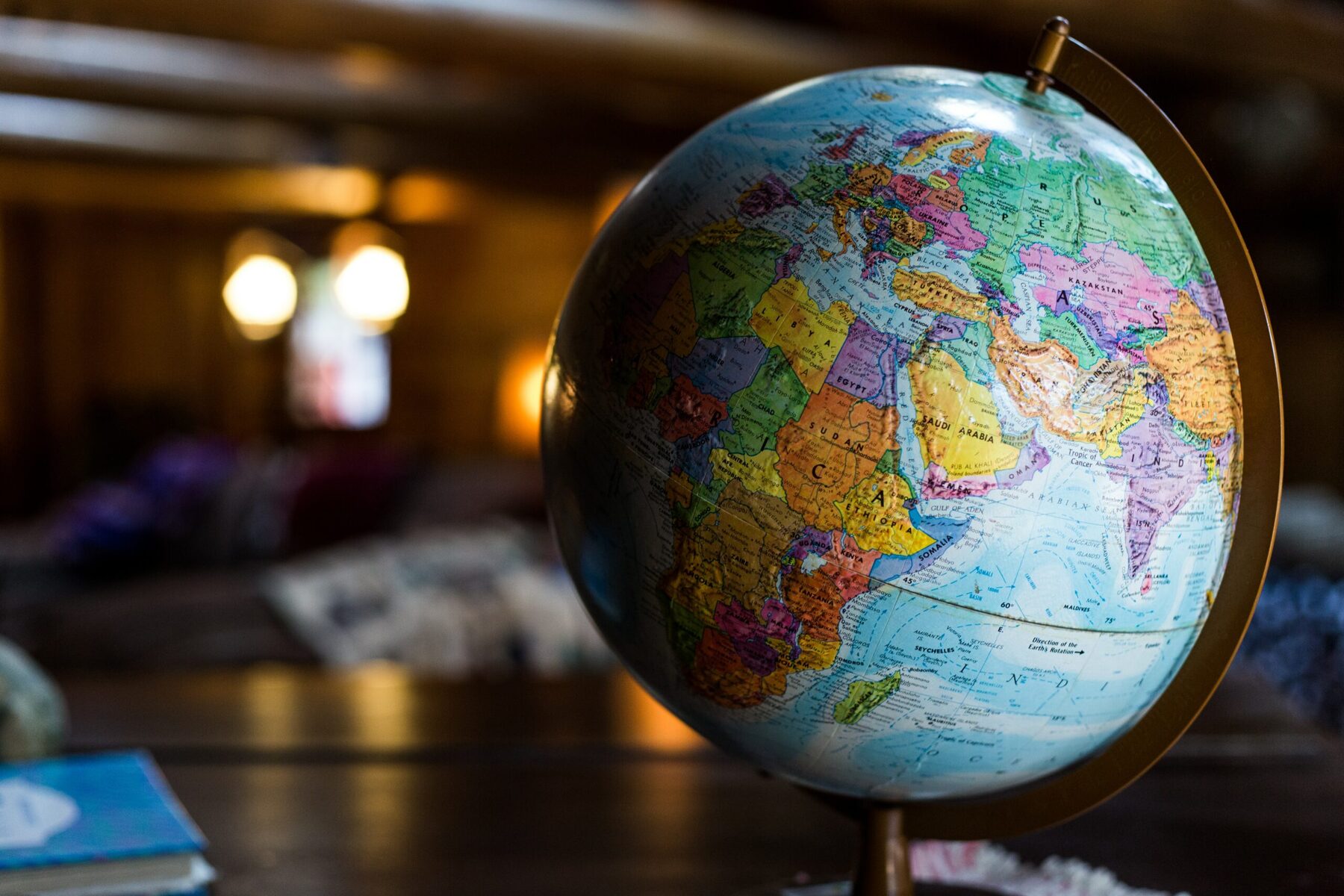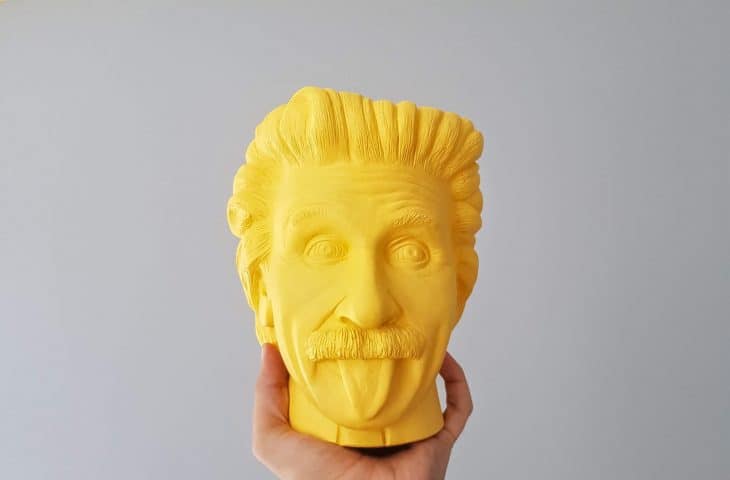
When you think about the most influential people in history, scientists definitely earn a spot beside heroes and philanthropists. With a whole lot of genius and a bit of madness, these minds shaped the world through discovery. Surprise yourself with things you probably never knew about the famous scientists of our time.
- About 7 million scientists in the world practice their field.
- There are 3 main branches of science: formal science, natural science, and social science.
- Scholars acknowledge Aristotle as the first scientist.
- Nobel Prize awardees are called Nobel Laureates.
- A total of 923 scientists and 27 organizations have received Nobel Prizes.
- William Whewell coined the English word “scientist” in the 19th century.
- Scientists established the branches of science in the late 19th century.
- The first medical texts came from 1600 B.C. in Ancient Egypt.
- Galen proposed that the brain facilitates thoughts, not the heart.
- Ibn al-Haytham created the first accurate model of vision.
- Before William Harvey studied the circulatory system, people believed that the liver pumped blood.
- The Montgolfier brothers conducted the first manned flight in 1783.
- Edward Jenner created the first vaccine in 1796.
- Eunice Foote discovered the greenhouse effect in 1856.
- Paul Ehrlich engineered the first antibiotic to treat syphilis in 1909.
- Isaac Newton invented calculus.
- Leonardo da Vinci first proposed the concept of contact lenses.
- Galileo Galilei was the first man to see the moon’s surface.
- The youngest scientist to win a Nobel Prize became a Laureate at 25 years old.
- Archimedes popularized the term, “Eureka!” when he discovered the principle of displacement.
Albert Einstein married his cousin.
If you think about it, the name Einstein is almost synonymous to science. One of the most famous scientists in history, Albert Einstein set the foundation for modern physics through redefining the process of time, matter, space, energy, and gravity.
However, you wouldn’t expect that the man behind the E = mc2 equation married his first-degree cousin. Albert Einstein pursued a relationship with his cousin Elsa while still married to his first wife, physicist Mileva Marić. After divorcing Marić on February 14, 1919, Einstein remarried with Elsa three years later.
Elsa and Albert married as maternal first cousins, since their mothers were sisters and their fathers were first cousins. The Einsteins did not have children together, but raised Ilse and Margot – Elsa’s children from a previous marriage – as their own.
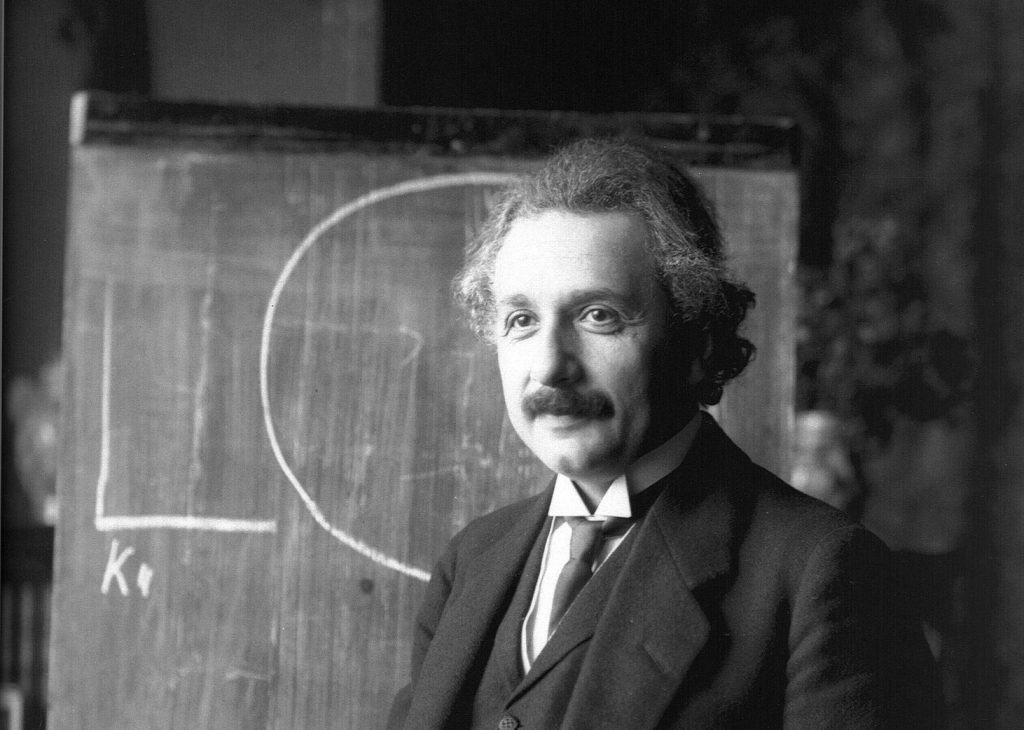
Charles Darwin did not form the theory of evolution alone.
Charles Darwin often takes credit for the theory of Evolution since penning On the Origin of Species in 1859. However, Darwin actually collaborated with fellow British naturalist Alfred Russel Wallace in discovering the patterns and theories of evolution.
During Darwin’s time in the Galapagos Islands, Wallace conducted observations of his own in modern-day Indonesia. From a distance, the two naturalists communicated through letters. Together, they discovered that animals have to adapt to their environment to survive. Darwin and Wallace went on to co-author the 1858 paper, On the Tendency of Species to form Varieties; and on the Perpetuation of Varieties and Species by Natural Means of Selection. Just another detail that people often miss about these famous scientists.
Marie Curie is the only person to win Nobel prizes in two different sciences.
Marie Curie is the only scientist in history to win Nobel prizes in two different categories: she was awarded her first Nobel Prize in Physics in 1903 for her work on radiation, and a Nobel Prize in Chemistry in 2011 for her discovery and work on radium and polonium.
Eventually, the Curies’ dedication to science earned them an element in the Periodic Table and a place among the most famous scientists of all time.

Francis Crick helped discover the structure of DNA and believed we came from aliens.
Francis Crick received a Nobel Prize in Physiology Or Medicine in 1962 with James D. Watson and Maurice Wilkins for their work on DNA. Despite the controversy of that award, Crick undoubtedly had a brilliant mind that made great contributions to molecular biology and science. However, in the 1970s, Crick became a believer of “directed panspermia” – a pseudoscientific origin theory that all life on Earth came from aliens.
Stephen Hawking was told he wouldn’t live past 23.
One of the most influential people in science is Stephen Hawking, for his lifelong attempts to grasp the universe. Hawking left a legacy not just by challenging the concepts of space and time, but as a standout personality in the science community. His best-known work, A Brief History of Time, set a Guinness World Record for remaining a Sunday Times bestseller for 4 years straight. Hawking jokingly called it the most unread bestseller of all-time, since people rarely understood the concepts in the book.
At 21, Hawking was diagnosed with amyotrophic lateral sclerosis (ALS), a motor neuron disease that deteriorated his voluntary muscle control. When he was diagnosed, doctors gave him only 2 years to live. However, Hawking lived to a full age of 76 years-old, long outliving the doctors’ diagnosis.
The credit for the discovery of DNA is disputed.
The Nobel Peace Prize awarded only James D. Watson, Francis Crick, and Maurice Wilkins for the discovery of the double-helix structure of DNA. However, the validity of their credit has been subject to speculation in the science community.
Rosalind Franklin proposed the idea of DNA’s helical structure in a presentation at King’s College, way before Watson, Crick and Wilkins discovered the double helix.
As a result, both sides fought for the credits to the discovery. However, it was ultimately the three colleagues that received the Nobel Prize and became known among famous scientists.
Isaac Newton’s father died 3 months before he was born.
Before Newton’s apple discovery inspired one of the biggest brands in the world, it paved the way for modern physics. Considered as one of the fathers of the field, Newton’s Laws of Motion set the fundamentals of what we know about physics today. Additionally, his law of gravity provided the best understanding of its principles.
However, he never got to meet his real father. Working as a farmer for most of his life, Isaac Newton Sr. died 3 months before his son was born. As a result, Isaac Newton had to stay with his maternal grandmother as his mother remarried. Despite his education being interrupted by attempts to sway him into farming, Newton went on to be one of the most famous scientists in the field.

Inge Lehmann lived past 100 years old.
Danish seismologist Inge Lehmann was the first scientist to refute the common belief that the Earth had a completely molten center. In 1936, Lehmann discovered that the Earth’s core had 2 parts: a molten outer core, and a solid inner core. Aside from redefining the fundamentals of Earth science, Lehmann distinguished herself from other famous scientists by living to the age of 104.
Nikola Tesla probably had OCD.
People often associate a high intellect with a tendency for quirks, and Nikola Tesla proved just that. Aside from being one of the forefathers of electricity with his alternating current, Tesla made a reputation for himself as a man with compulsive habits.
Tesla refused to touch hair, pearls, and anything round or dirty. Tesla also fixated on the number 3, and would always walk around a building 3 times before entering it. Before each meal, Tesla would use exactly 18 napkins to polish his dining utensils until they sparkled. Yet, for all his quirks, Tesla remains as one of the most famous scientists of his time.
Dmitry Mendeleev set the foundation for the Periodic Table with his Periodic Law.
You’ve probably never heard of him in your science textbooks, but among the famous chemists that changed the world was Dmitry Mendeleev. In 1869, Mendeleev proposed the Periodic Law, which first stated that the chemical elements formed groups with similar properties once arranged by atomic weight. He used the law to predict undiscovered elements and fix errors in atomic weights.
Marie Curie was not her real name.
Marie Curie was born in Poland as Maria Salomea Skłodowska. When she applied to the College of Sorbonne in Paris, she wrote her name as “Marie” to appear more French. Before being one of the most famous scientists, she consistently aced her way to the top of her class.
When he died, Einstein’s brain was given to scientists.
On April 1955, Albert Einstein died from an abdominal aortic aneurysm. Einstein’s dying wish was to have his body cremated. However, Princeton pathologist Thomas Harvey removed his brain during the autopsy.
Harvey kept the brain in hopes of studying it and unlocking Einstein’s genius. Upon the consent of Einstein’s son, Harvey cut the brain into pieces which he distributed to other scientists for research.
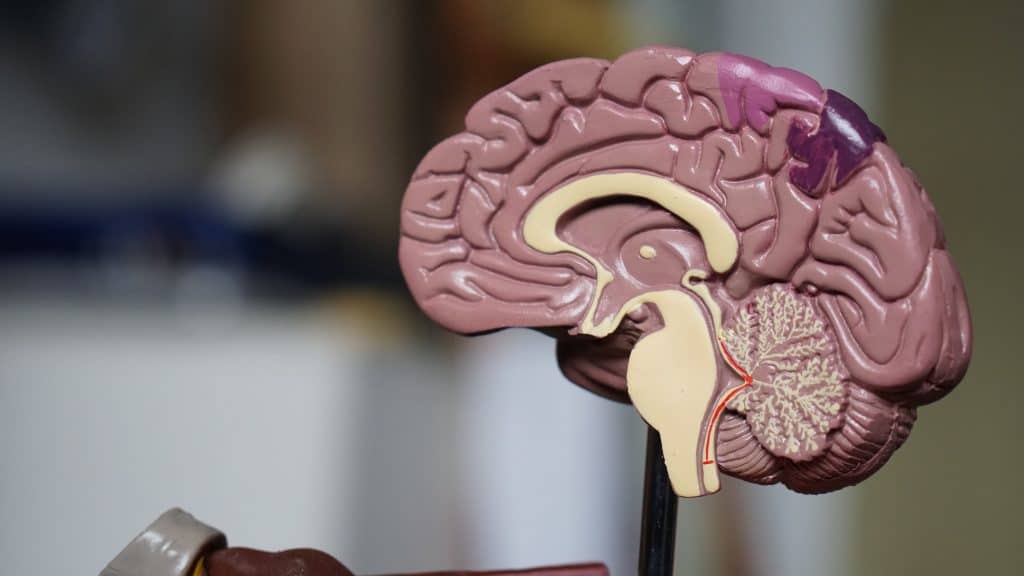
William Buckland wanted to try eating the whole animal kingdom.
William Buckland made a name for himself in the 19th century by being the first to write a full description of a fossil that he called the Megalosaurus. Despite his contribution to paleontology, Buckland had strange tastes. Namely, Buckland claimed to have eaten mice, porpoises, panthers, bluebottle flies, as well as King Louis XIV’s preserved heart.
Carl Linnaeus’ parents wanted him to be a priest.
Science and religion are often two sides of a spectrum, always meant to clash. Carl Linnaeus’ life shows evidence of this. Known as the Father of Taxonomy, Carl Linnaeus established the system for naming, ranking, and classifying organisms that we still use today. For a man of many names (Carl von Linné, Carolus Linnaeus), it makes sense that his legacy lies in naming things.
However, before pursuing his career in biology, Linnaeus’ parents had wished for him to dedicate his life to the Church.
Alexander Graham Bell wanted people to answer calls with “Ahoy!”
When the public started using the telephone in the 1800s, inventor Alexander Graham Bell decided that phone calls should be answered with “ahoy” instead of “hello.” However, Thomas Edison wanted users to answer the phone with “Hello.” Edison’s term won out – and by 1880, “ahoy” was just something a pirate would say.
Stephen Hawking never won a Nobel Prize.
Despite his extensive work as a theoretical physicist and cosmologist, Stephen Hawking never received any Nobel Prizes. Guess that happens a lot even with the most famous scientists.

Isaac Newton believed that the world will end after 2060.
Based on a Bible passage, Newton believed that the apocalypse will come some time after the year 2060.
Thomas Edison electrocuted an elephant to death to prove a point.
To prove that his direct current was safer than Nikola Tesla’s alternating current, Thomas Edison conducted a public experiment on an elephant. In 1903, Edison filmed an elephant getting fried by alternating current in Coney Island. Luna Park Zoo offered Topsy the Asian elephant for the experiment, since she had killed 3 handlers throughout the years. Topsy wouldn’t be Edison’s only victim, since he recorded other animals being electrocuted as well.
The father of electricity lived his childhood in poverty.
Michael Faraday had to work at the age of 13 to sustain himself, since his father was often ill. However, he still went on to contribute to what we know about electricity today.
Galileo Galilei created the scientific method.
Galileo Galilei pioneered science through developing the earliest experimental scientific method and the functional telescope.
Athanasius Kircher was a scientist who believed in mythological beasts.
Known by many as the Master of a Hundred Arts, Athanasius Kircher studied everything from science and medicine to religion. However, he firmly believed in the existence of mermaids, giants, and dragons. Kircher’s case proves that with these famous scientists, there’s a very thin line between genius and madness.
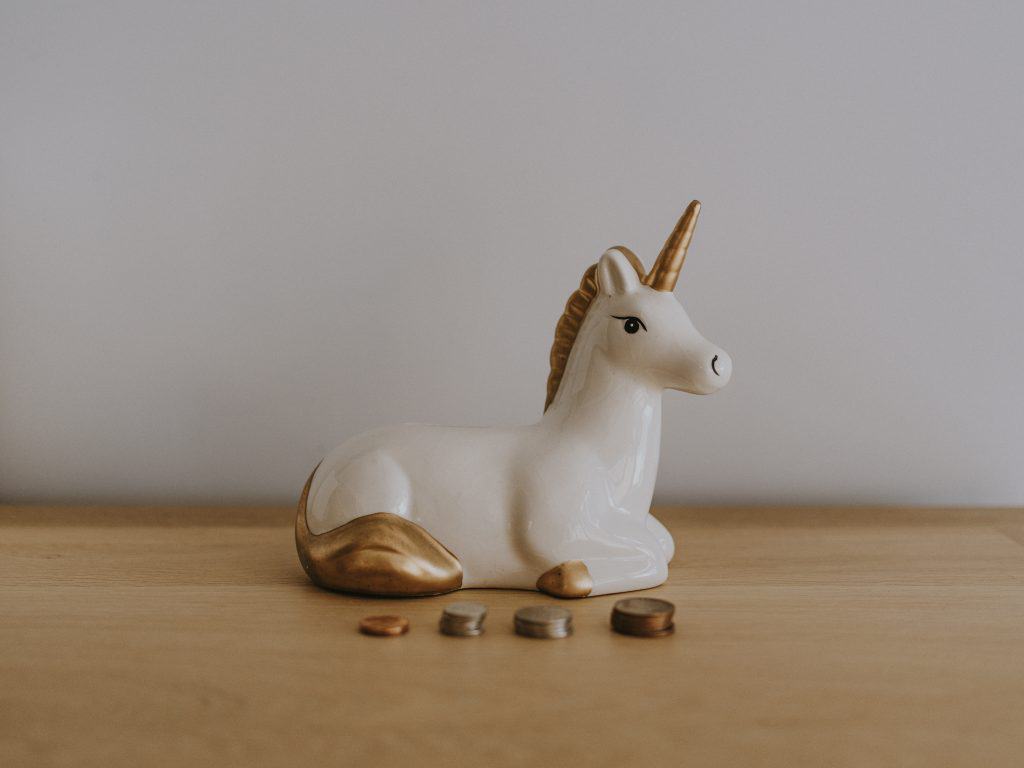
The Office of Alien Property Custodian confiscated Nikola Tesla’s inventions.
From WWI to WWII, the U.S. government delegated an Office of Alien Property Custodian that confiscated foreign weapons and explosives. When Nikola Tesla died in 1943, the Office of Alien Property seized the Serbian-American’s belongings and unreleased inventions.
Thomas Edison didn’t invent the lightbulb.
Although he often takes credit for it, Thomas Edison was not the first man to create a lightbulb. However, he made the first fully-functional lighbulb in 1879. Earlier versions of lightbulbs were made by Warren de La Rue and Joseph Swan. their inventions had the concept down, but their versions could not sustain prolonged practical use.
Galileo Galilei first discovered that other planets have moons.
In 1610, Galileo Galilei observed 4 objects around Jupiter that weren’t stars. At the time, people did not receive his claims well. Even the most famous scientists of their time rejected Galilei’s discovery. However, the satellites turned out to be Jupiter’s moons: Io, Callisto, Europa and Ganymede. Scientists renamed the moons as the Galilean satellites in Galileo’s honor.
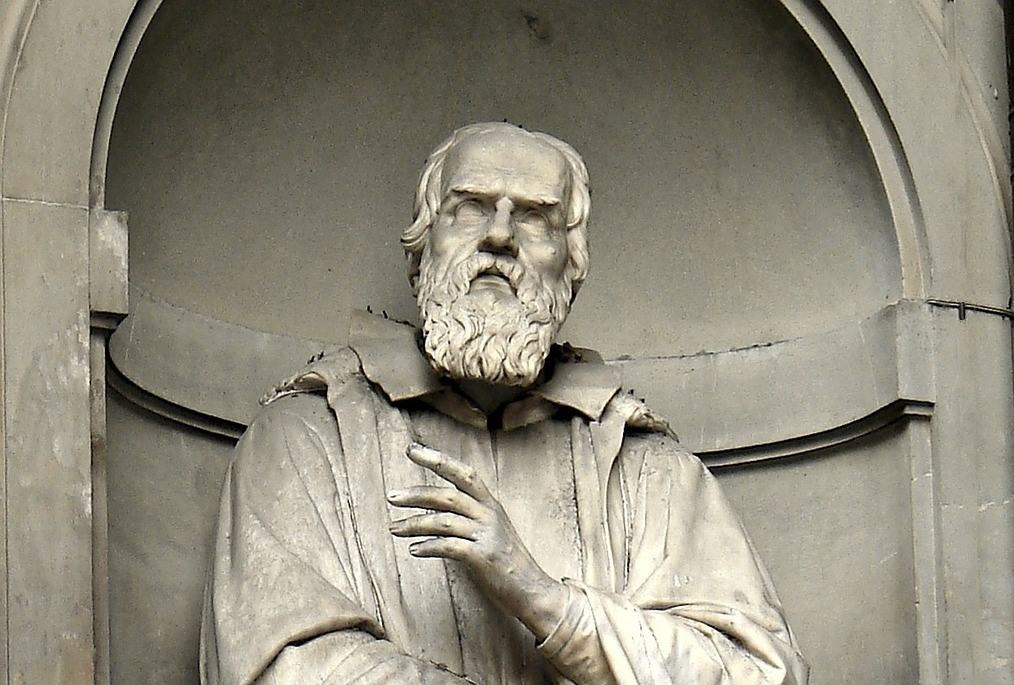
Marie Curie had to go to a Flying University.
No, Marie Curie didn’t apply to aviation school. However, Marie had to study at a “flying university” that constantly changed locations to remain undetected by the government. After collecting her high school diploma, Marie wished to study at the University of Warsaw with her sister, Bronia. During that time, the University of Warsaw didn’t accept women, so the siblings instead enrolled at the Flying University, a Polish college that accepted women. Maria only got to study at a formal college in 1891 at the Sorbonne College in Paris.
Marie Curie’s items are still radioactive.
Long after Marie Curie died of aplastic anemia in 1934, her belongings still remain radioactive biohazards. From her notebooks to everyday items like cookbooks, all her things are stored in lead-lined boxes. It will take an estimated 1,500 years for Curie’s items to be safe to handle.
Alfred Nobel funded the Nobel Prize through explosives.
Despite establishing the highest recognition for scientists, Alfred Nobel was born into extreme poverty. However, his work with science led him to produce dynamite and other explosives. He went on to establish the Nobel Peace Prize in 1895 that has awarded most of the famous scientists we know today.
Leonardo da Vinci wrote his ideas backwards to avoid plagiarism.
Leonardo da Vinci’s unique perspective is revealed by the diagrams, sketches, notes and observations in his notebooks. In his time as a military and marine engineer for the duke of Milan, Leonardo started collecting his thoughts in notebooks from the mid-1480s. That may sound just like anyone’s school notes, but the catch is that he wrote everything in the Italian mirror writing of the 16th century – in reverse from right to left.
Charles Darwin never converted to Christianity.
Due to the controversy of teaching the Theory of Evolution in religious schools, rumors emerged regarding Charles Darwin’s apparent change of heart. According to one popular rumor, Darwin converted back to Christianity on his deathbed. However, Darwin’s son Francis refuted these outlandish claims. In his autobiography, Darwin discussed agnosticism and how it suited his perspective.
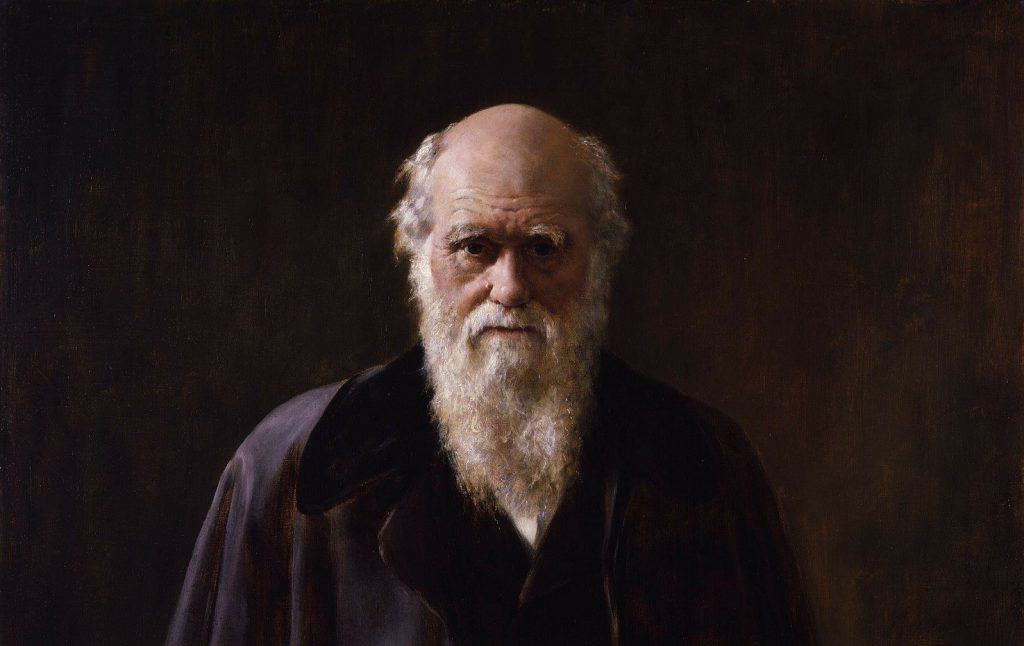
Rosalind Franklin was extremely blunt.
Originally, Rosalind Franklin was supposed to collaborate with Watson, Wilkins, and Crick for studying DNA. However, Rosalind Franklin got alienated from the group. The conflict rooted from tension between Franklin and Wilkins. Franklin was confrontational and enjoyed passionate discourse, while Wilkins was soft-spoken and reserved.
However, Franklin has been that way for most of her life. Upon arriving at the University of Cambridge in 1938, 18 year-old Franklin even filed a complaint for the quality of chemistry lectures in one of her classes.
Was this page helpful?
Our commitment to delivering trustworthy and engaging content is at the heart of what we do. Each fact on our site is contributed by real users like you, bringing a wealth of diverse insights and information. To ensure the highest standards of accuracy and reliability, our dedicated editors meticulously review each submission. This process guarantees that the facts we share are not only fascinating but also credible. Trust in our commitment to quality and authenticity as you explore and learn with us.


